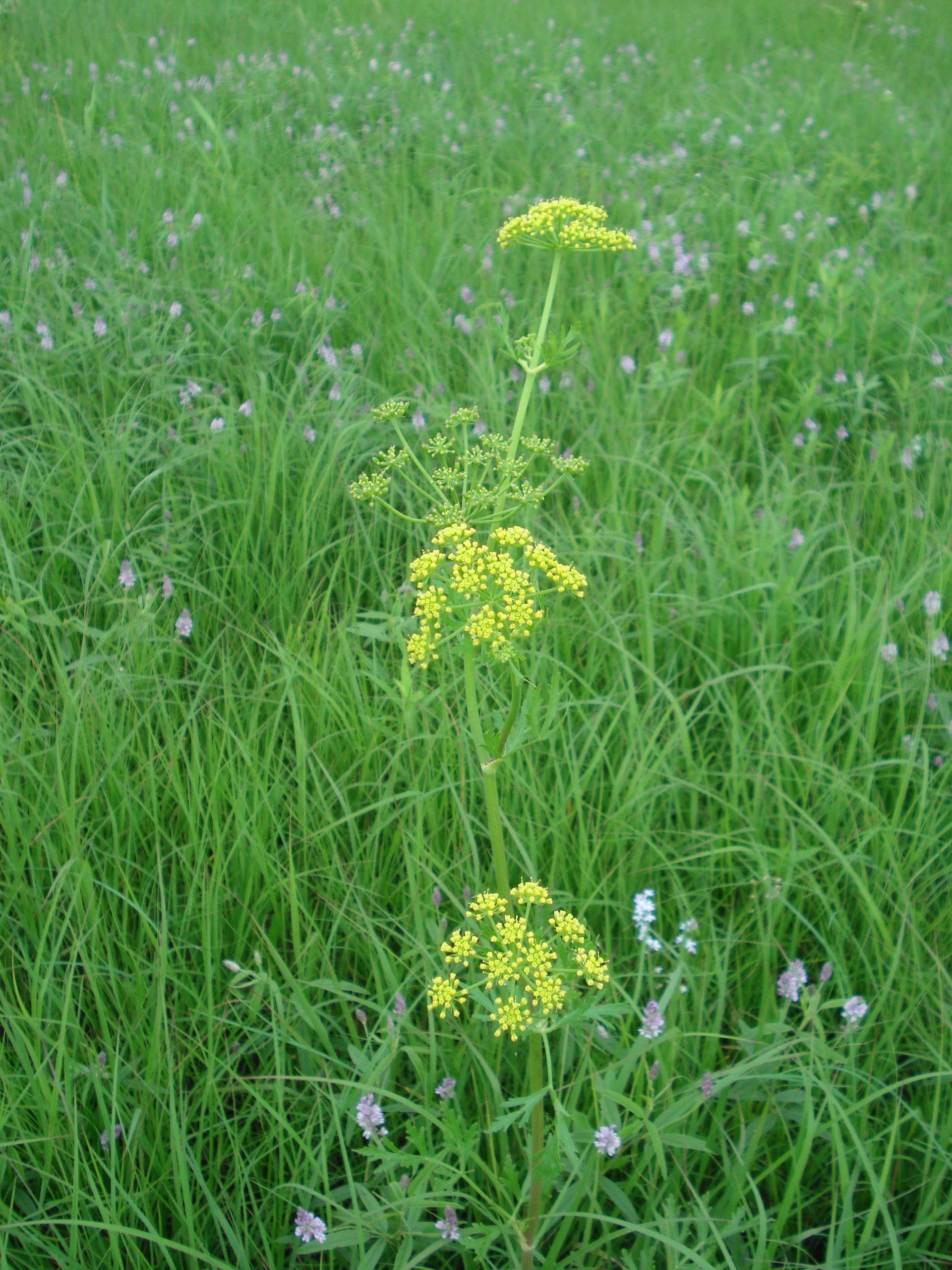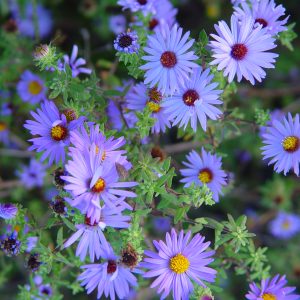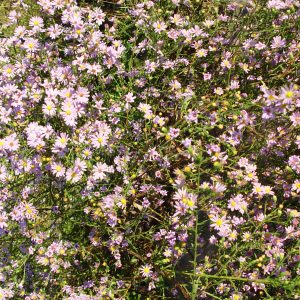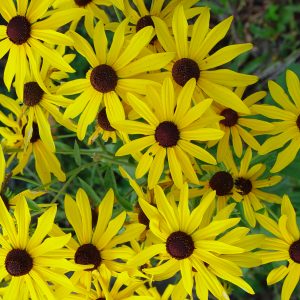Prairie Parsley
Polytaenia nuttallii
Conservative species that blooms early with Indian Paintbrush & Sampson’s Snakeroot
$3.00 – $464.00
For quantity discount pricing, request a quote.
Description
Polytaenia nuttallii, commonly known as prairie parsley, is a native biennial or short-lived perennial forb (wildflower). It blooms April – June and often grows to 3 feet tall. There are only two species of Polytaenia in the world, and they’re both native to the United States. This is the only one found in Missouri.
Wildlife notes
The tiny flowers attract primarily small bees, miscellaneous flies, and occasional wasps. Prairie Parsley is one of the species in the Carrot family that the oligolectic bee, Andrena ziziae, visits for pollen and nectar. Black Swallowtail caterpillars feed on the foliage of this plant.
Forage notes
Cattle and other mammalian herbivores browse readily on the non-toxic foliage.
Landscaping notes
This plant prefers full sun, mesic to dry conditions, and soil containing loam, rocky material, or sand.
Restoration notes
Grows in upland prairies, glades, savannas, and openings of dry upland forests, often on calcareous substrates; also along roadsides and railroads. Prairie Parsley is an indicator plant of original prairie. It is rarely found in disturbed areas. This conservative species may require occasional wildfires to remove excess brush and debris, and to facilitate germination of the seeds.
Additional information
| Weight | N/A |
|---|---|
| Unit | Packet, Ounce, Pound |
| Light | Full Sun |
| Seeding Rate | 12 bulk lbs/acre |
| Soils | Average, Moist |
| Height | 20"-26 |
| Bloom Month | May, Jun |
| Color | Yellow |
| Specialty Uses | Butterfly |
| Cattle Palatability | Good |
| # seeds/pkt | 200 |
| Packet coverage area | 5 sq. ft |
| Life Cycle | Perennial |



